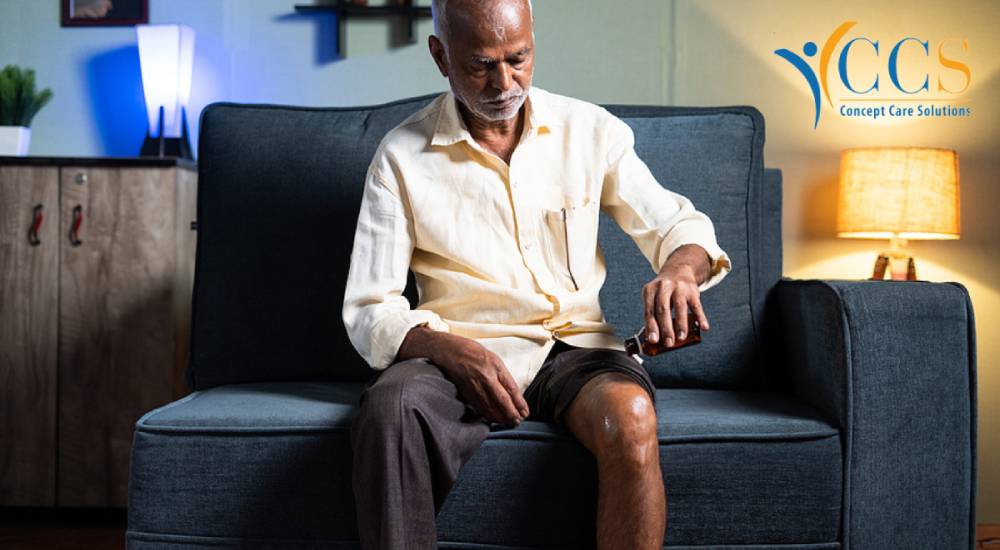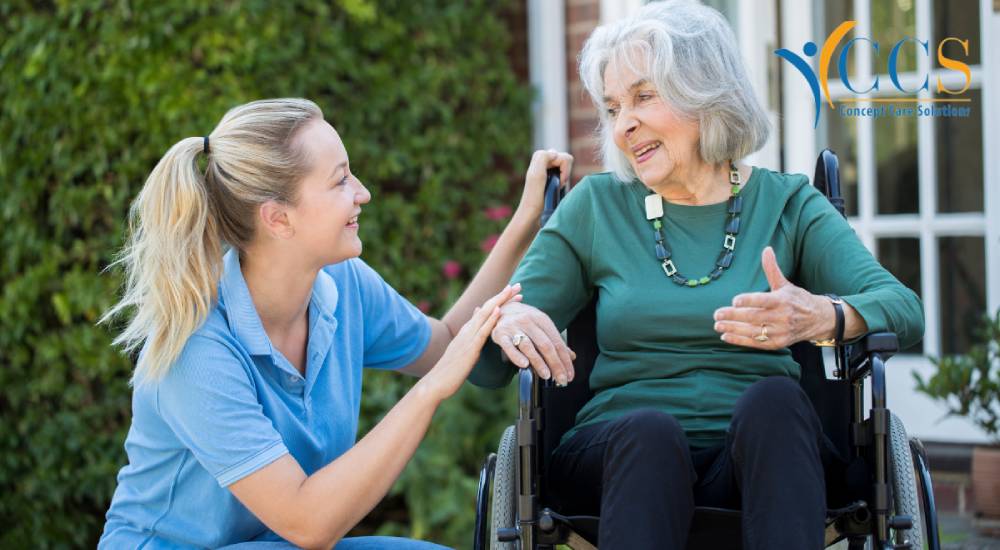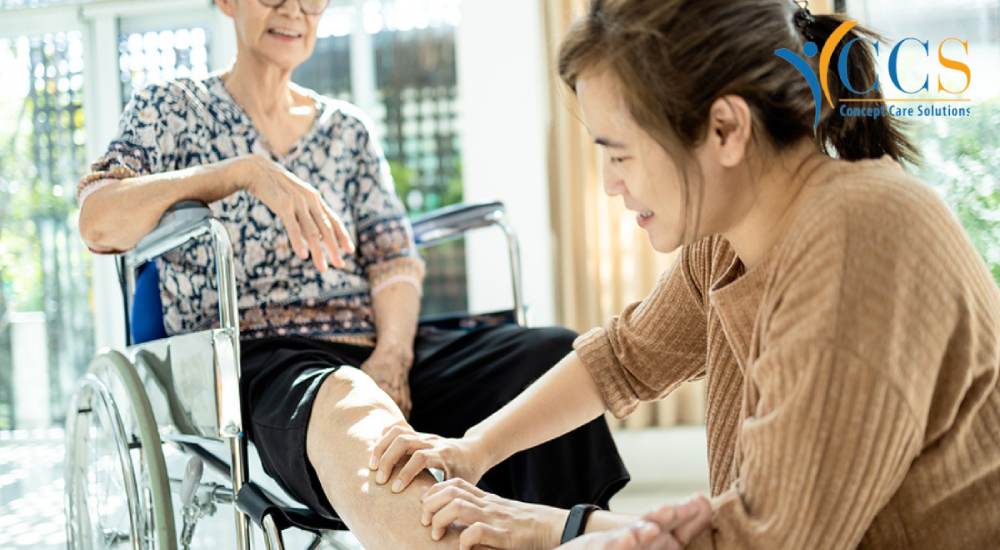Leg swelling – a condition also known as oedema – is not uncommon and it’s highly possible that you’ll experience symptoms at some point, as there are a variety of different causes and reasons as to why swelling can occur.
It can be alarming if it comes out of nowhere, so it’s important to arm yourself with as much information as possible about the condition, as this will ensure that you know what to do and where to turn.
Of course, you can talk to your Concept Care private nurse about any symptoms you’re experiencing and they’ll be able to help you, but it’s also just generally advisable to know the facts yourself just in case.
To that end, here are some of the more frequently asked questions about swollen legs that should give you all the information you need and more.
What causes swollen legs?
There are various causes for swollen legs, including:
– Being overweight
– Prolonged standing or sitting
– High salt intake
– Hormonal changes
– Poor circulation
– Heart, kidney or liver conditions
– Blood clots
– Certain medications
– Injuries
How long does it take for swollen legs to go down?
Swelling will usually resolve itself within a couple of days. You should start to see an improvement in symptoms from the third day onwards. If symptoms persist, seek further medical advice. If your swelling is chronic and lasts longer than two to three weeks, make an appointment with your GP.
What is the best way to reduce swelling in legs?
There are ways in which you can help reduce swelling in your legs, including:
– Raising your legs up on a pillow so that they’re above your heart while lying down
– Following a low-salt diet
– Wearing support stockings
– Avoiding wearing tight clothing
– Weight loss as appropriate
Why do legs swell up in old age?
Leg swelling is common in older people and most of the time it’s not a cause for serious medical concern. It can, however, be indicative of a new health concern or a chronic condition that’s getting worse. It can also reduce mobility and make slips, trips and falls more likely.
Chronic venous insufficiency is one of the main causes of leg swelling in older people. As we age, veins become less effective at supporting blood flow around the body and this can cause extra fluid build-up over time, leading to inflammation, ulceration, cellulitis and oedema.
How do you drain fluid from legs?
As mentioned, elevation is one of the best ways to drain excess fluid from legs as this uses gravity to encourage it to flow back into the circulatory system. However, you can also try gentle exercises like walking or leg raises, as well as staying well hydrated, as this will help to flush out any excess fluid.
Avoid drinking alcohol where possible as this can cause dehydration and make fluid retention worse.
As ever, if you’re worried about any symptoms you’re currently experiencing, make sure you talk matters through with your Concept Care nurse. We’re always on hand to help, no matter what.





